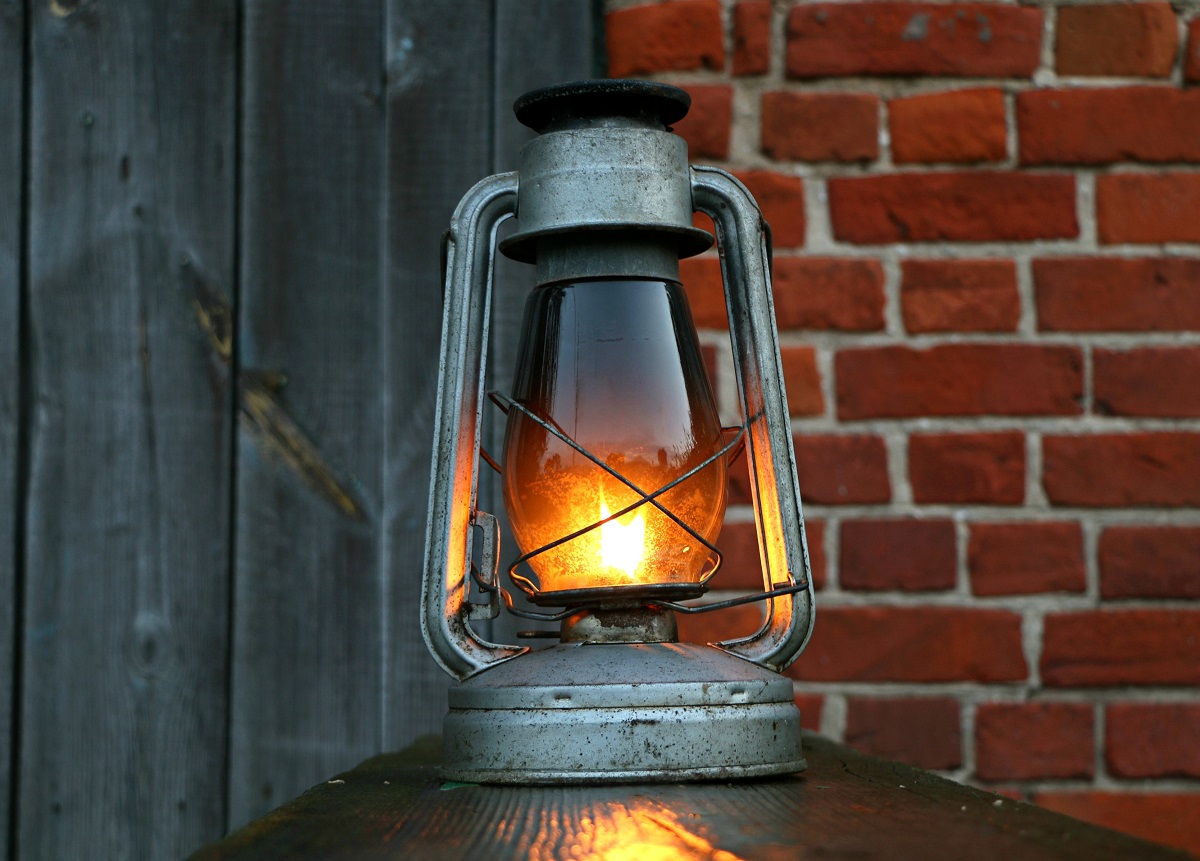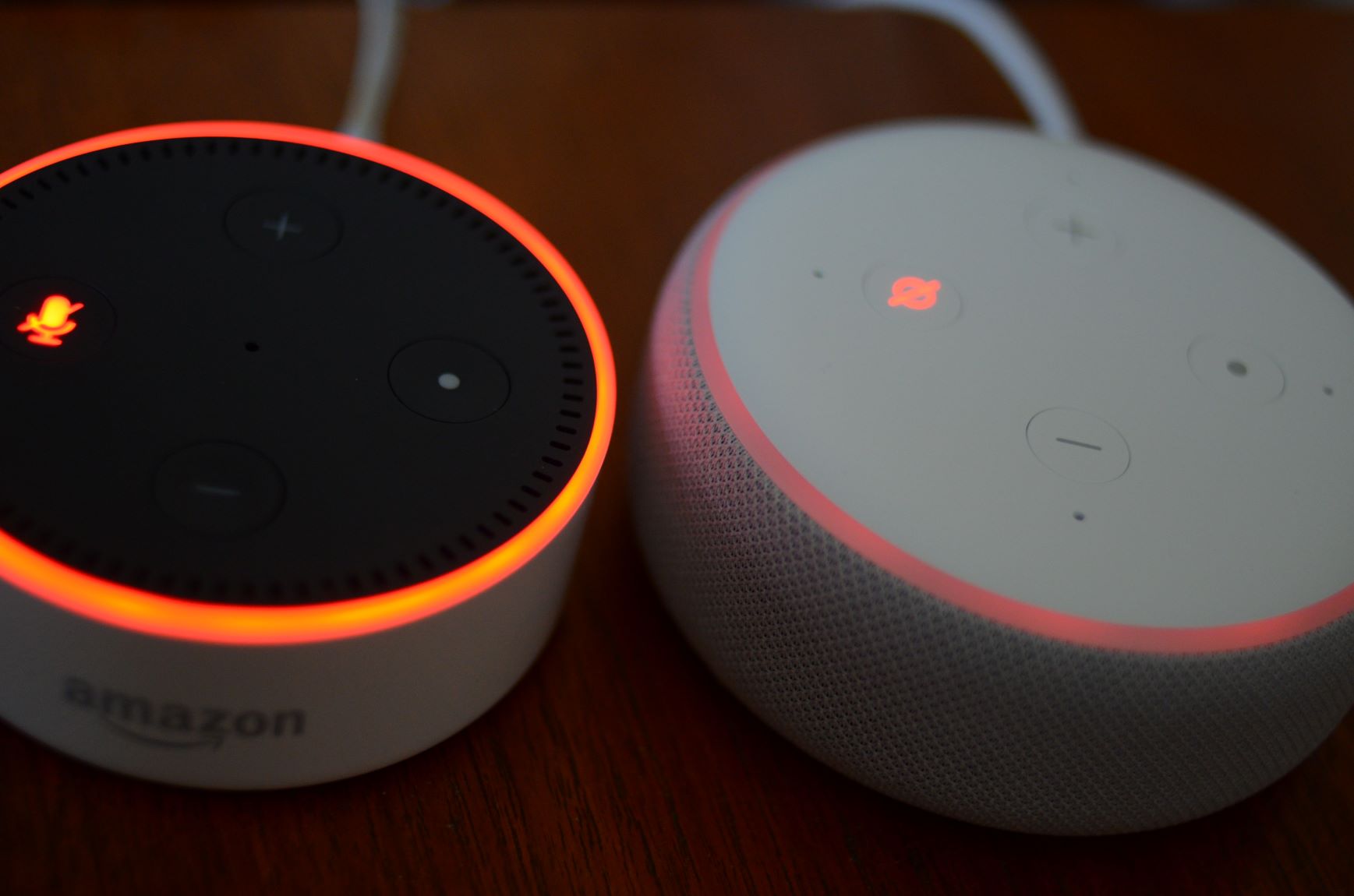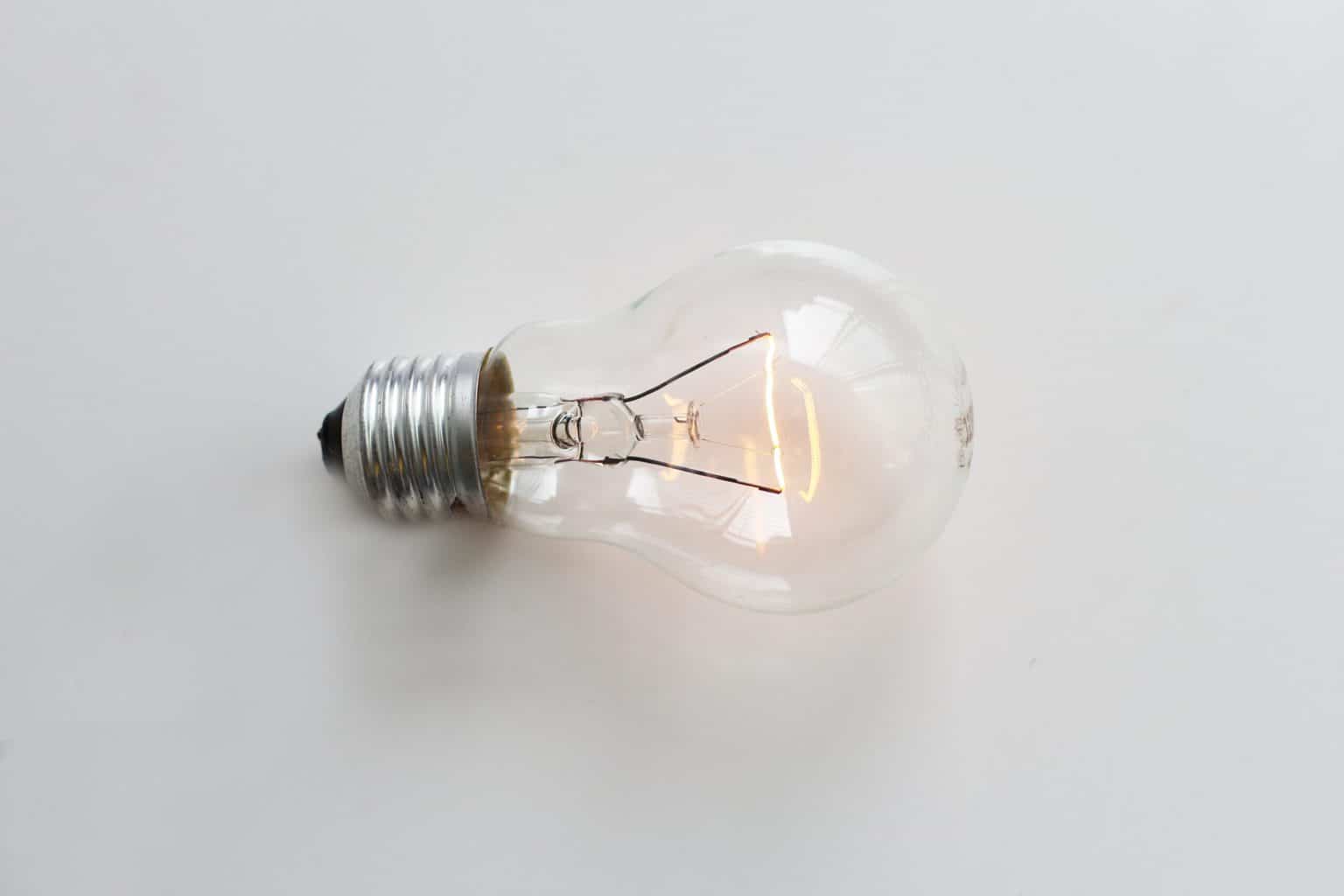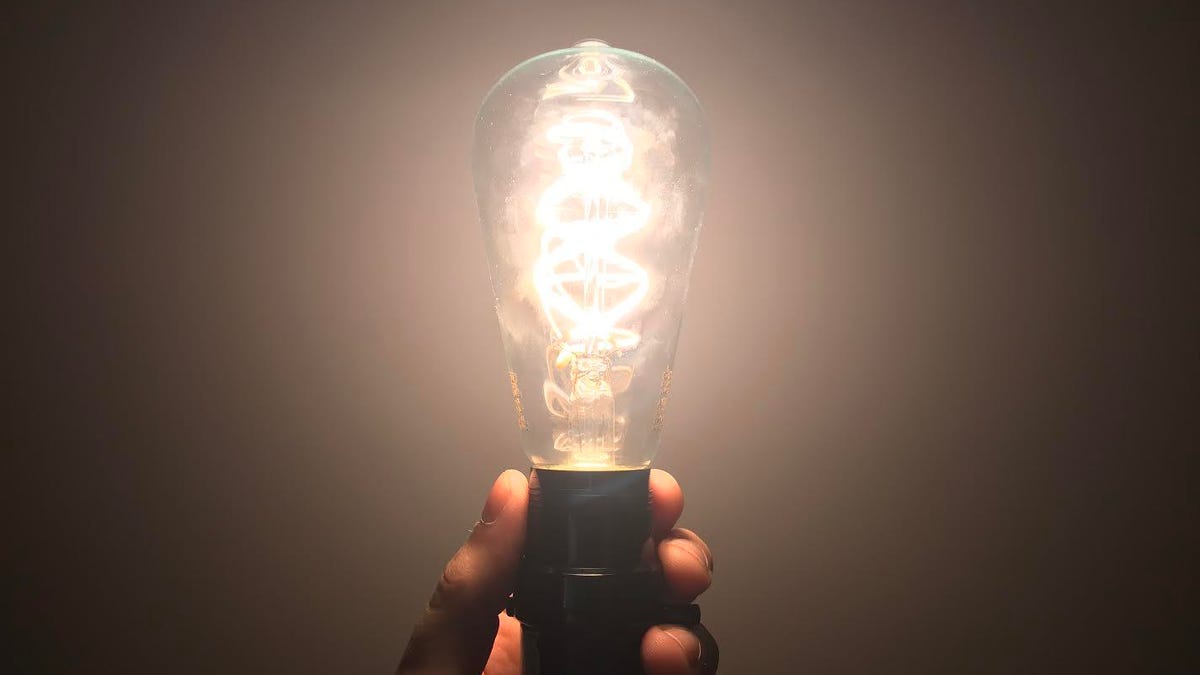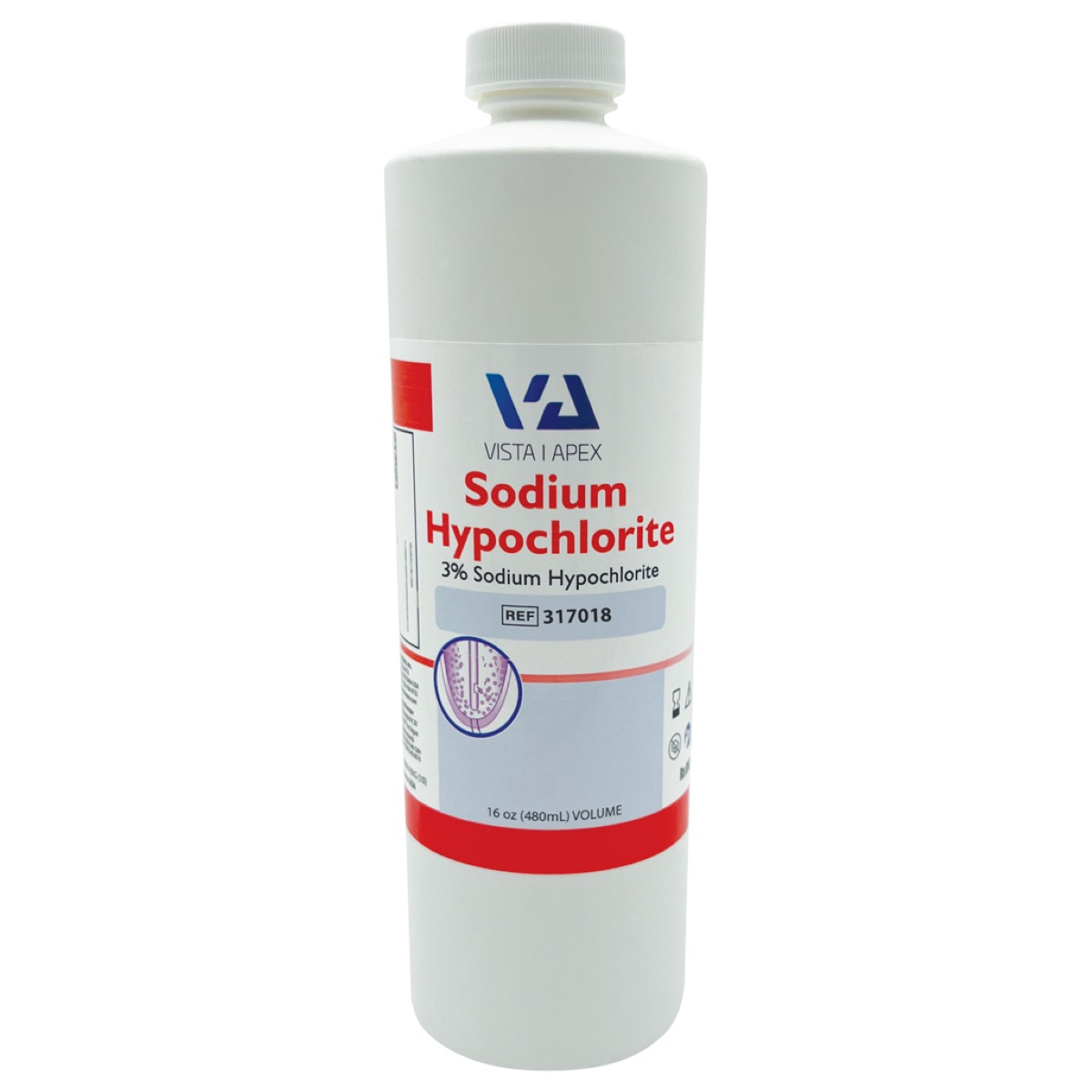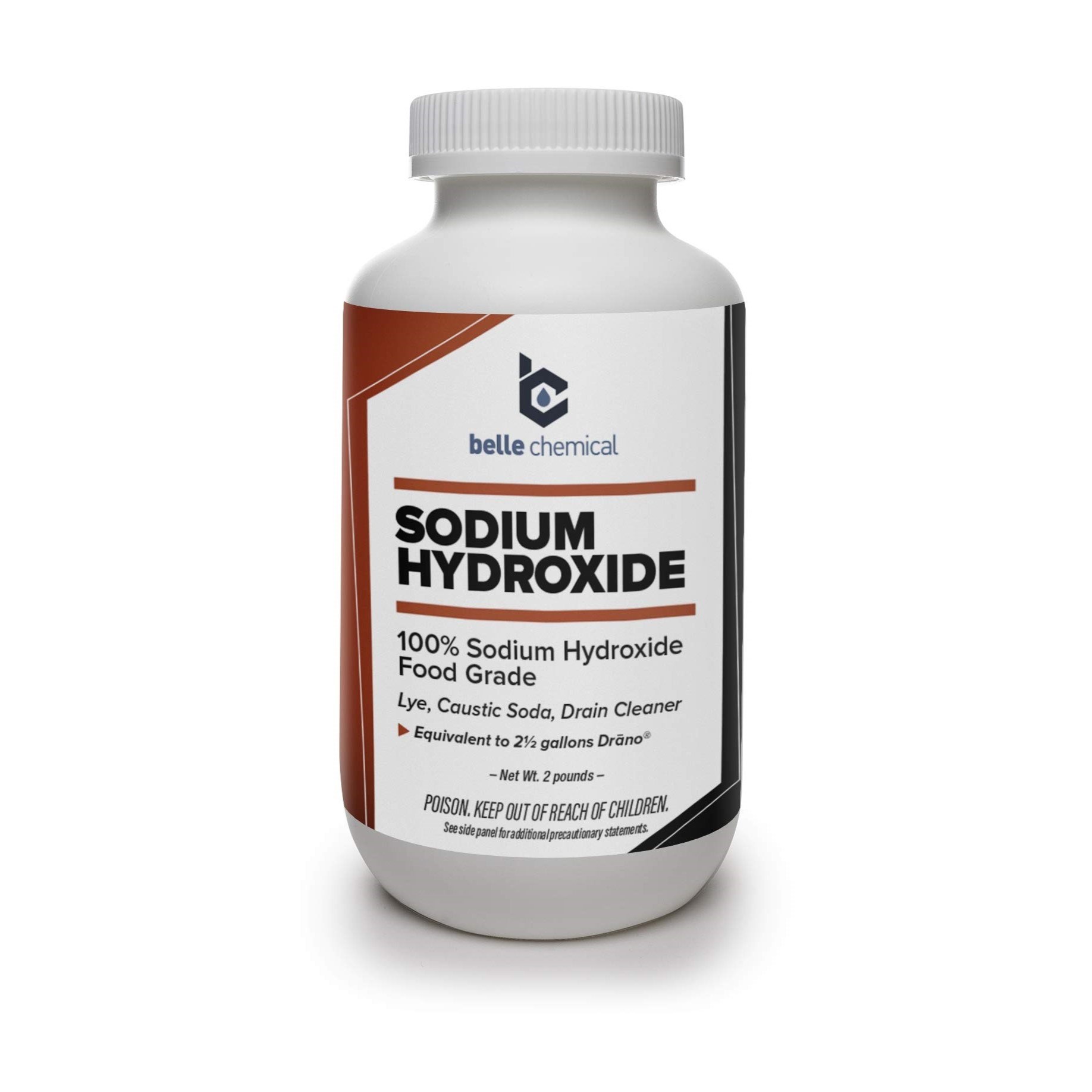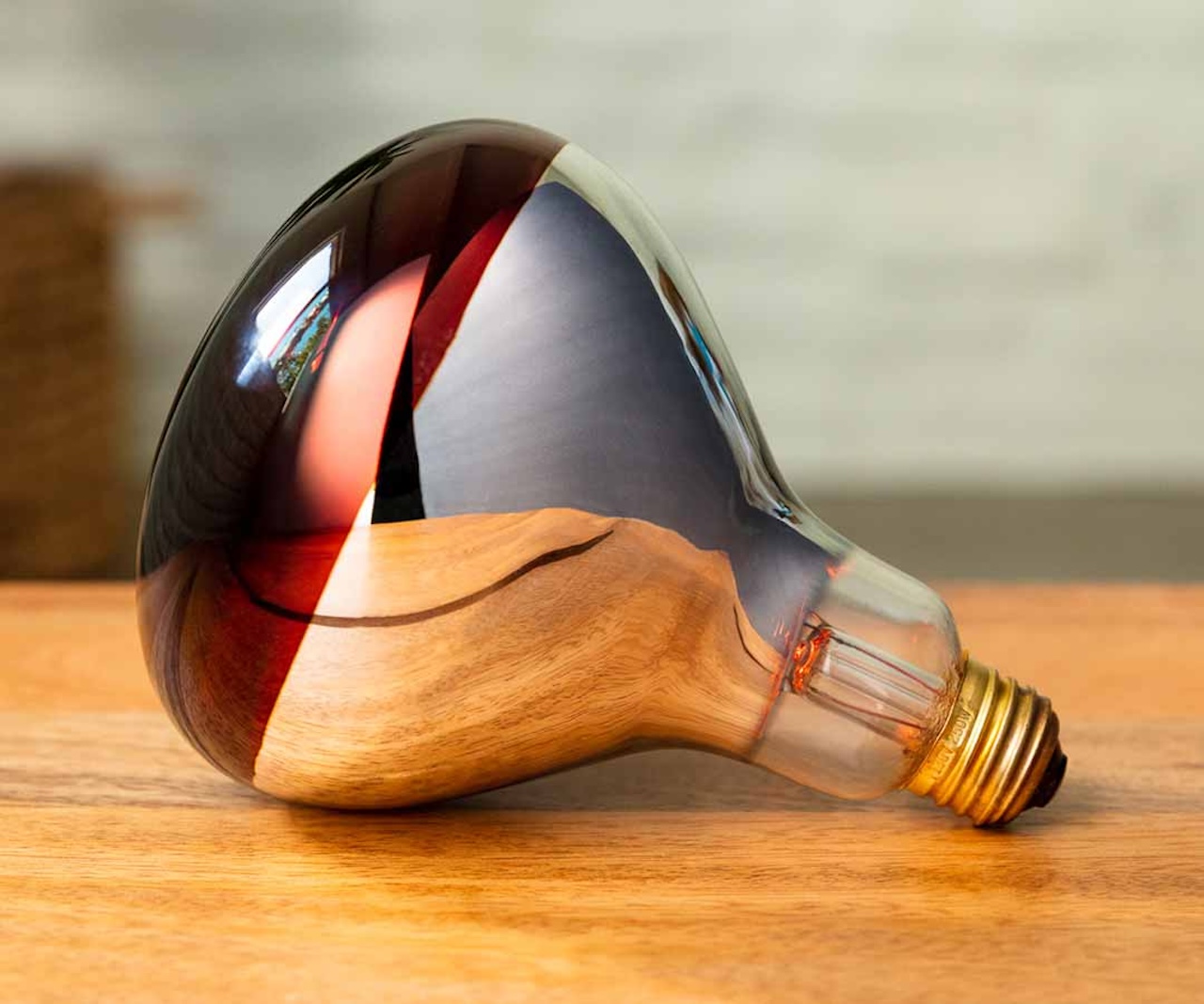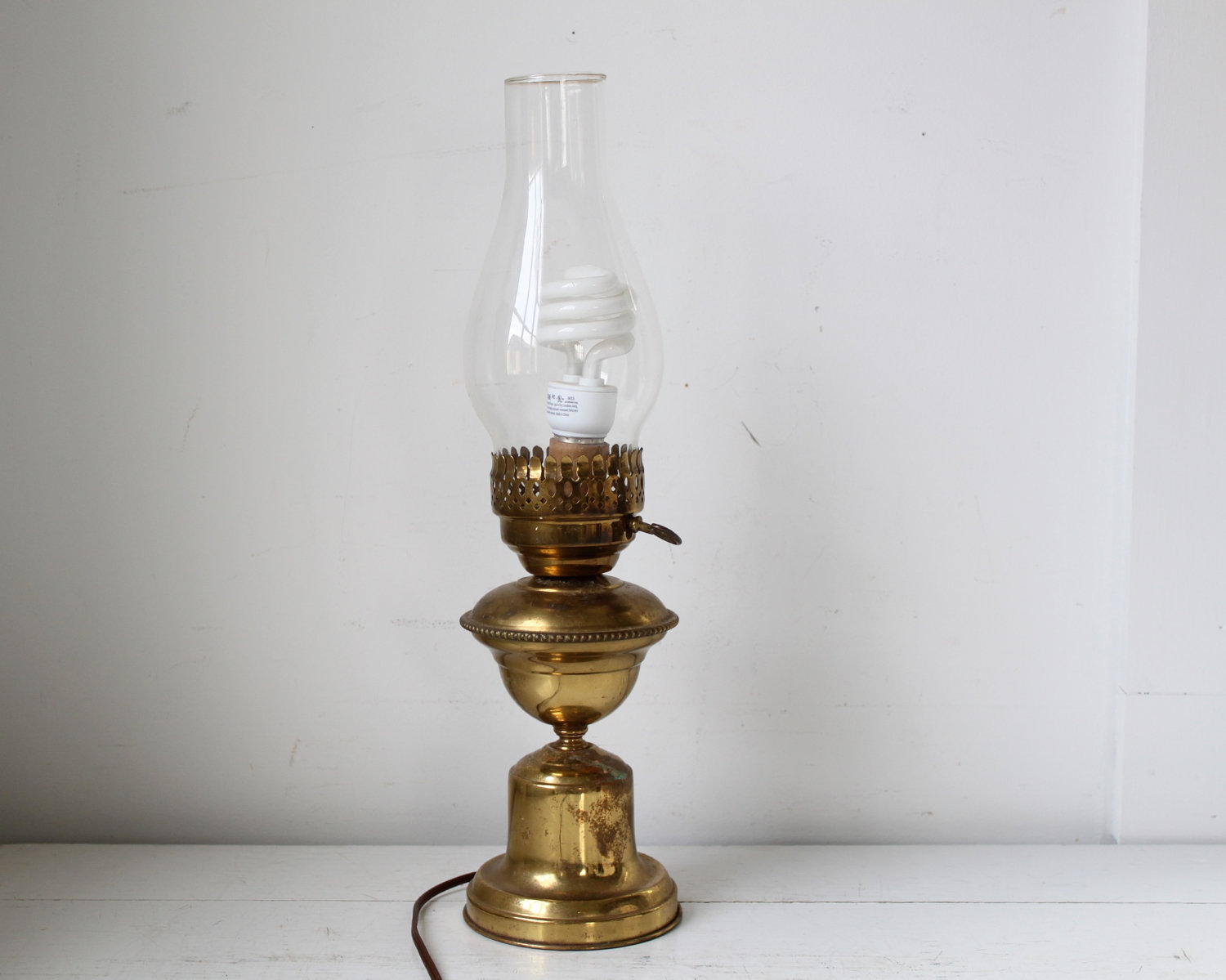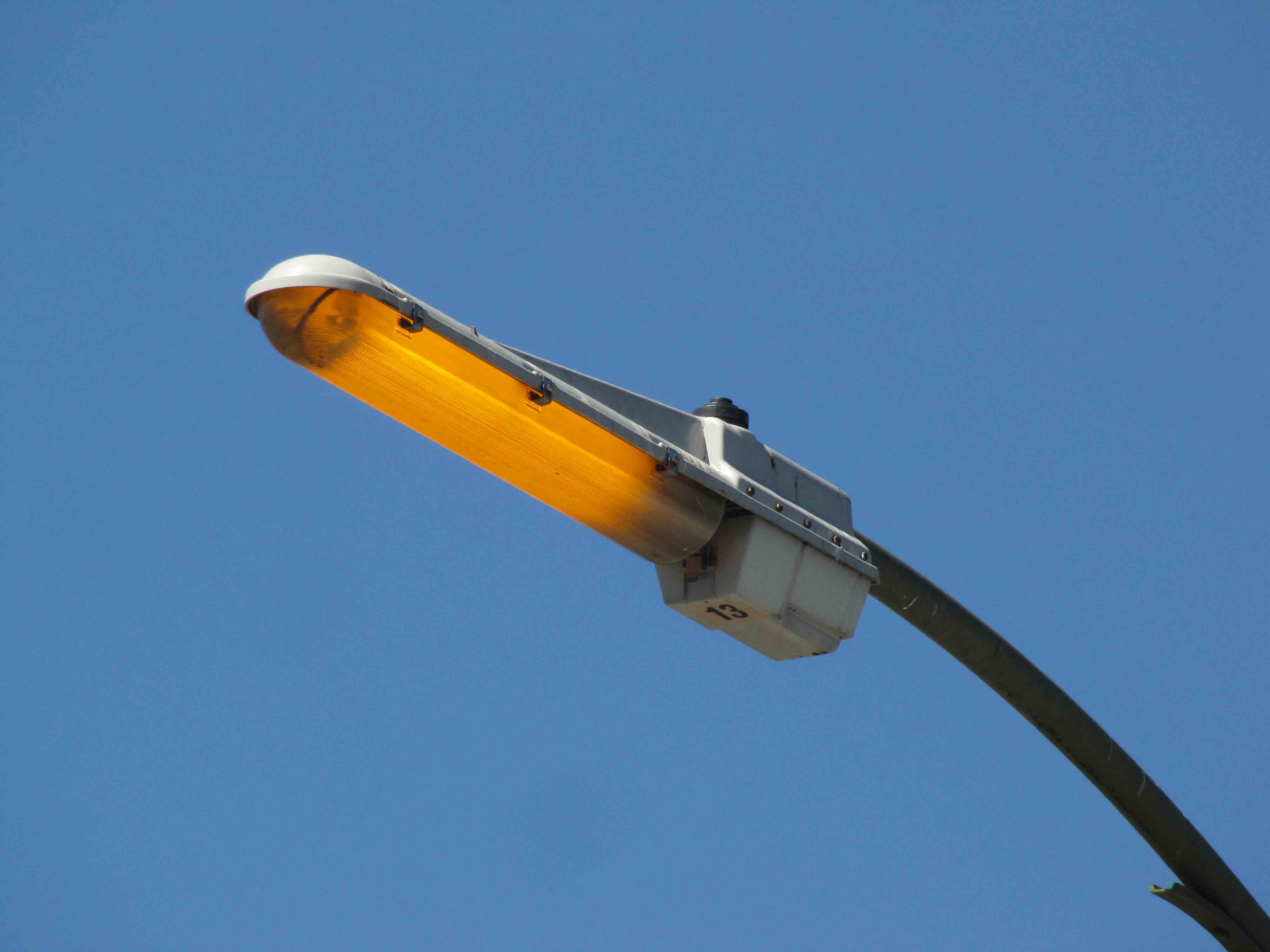

Furniture
Why Does A Sodium Street Lamp Glow
Modified: December 7, 2023
Discover the fascinating science behind why a sodium street lamp glows. Explore the connection between furniture and this intriguing phenomenon.
(Many of the links in this article redirect to a specific reviewed product. Your purchase of these products through affiliate links helps to generate commission for Storables.com, at no extra cost. Learn more)
Introduction
Welcome to the world of sodium street lamps! Have you ever wondered why these lamps emit a distinct yellow glow at night? In this article, we will explore the science behind sodium street lamps and unravel the secrets behind their captivating glow. We will delve into the fascinating workings of sodium vapor, discuss the factors that influence their glow, and examine the advantages and disadvantages of these lamps.
Sodium street lamps are a common sight in many cities and towns around the world. They are widely used for outdoor lighting due to their high luminous efficacy and energy efficiency. But what exactly makes these lamps emit that distinctive yellow color? To understand this phenomenon, let’s dig into the science behind sodium street lamps.
Key Takeaways:
- The captivating yellow glow of sodium street lamps is a result of the unique interaction between excited gas atoms and sodium vapor, creating a specific wavelength of light that enhances visibility and safety in urban environments.
- While sodium street lamps offer energy efficiency and longevity, their distinct color may affect color perception. Understanding the science and factors influencing their glow is crucial for informed outdoor lighting decisions.
Read more: Why Does Uranium Glass Glow
The Science Behind Sodium Street Lamps
Sodium street lamps operate based on the principle of gas discharge. Inside the lamp, there is a small amount of sodium metal and a gas mixture, typically argon or neon. When an electric current is passed through the lamp, it excites the gas atoms, causing them to release energy in the form of light.
The Role of Sodium
The key player in sodium street lamps is sodium vapor. The heat generated by the electrical current causes the sodium metal to vaporize, producing a cloud of sodium vapor inside the lamp. As the excited gas atoms collide with the sodium vapor atoms, energy is transferred, leading to the emission of light.
The Generation of Light
Sodium street lamps emit light primarily in the yellow and orange parts of the spectrum. This unique characteristic is a result of the specific energy levels associated with sodium atoms. When the excited gas atoms collide with the sodium vapor, the energy is absorbed by the sodium atoms, causing them to jump to higher energy levels. As the atoms return to their ground state, they release photons of light, resulting in the glow of the sodium street lamp.
Now that we understand the science behind sodium street lamps, let’s explore the specific factors that contribute to their distinct glow.
Key Takeaways:
- The captivating yellow glow of sodium street lamps is a result of the unique interaction between excited gas atoms and sodium vapor, creating a specific wavelength of light that enhances visibility and safety in urban environments.
- While sodium street lamps offer energy efficiency and longevity, their distinct color may affect color perception. Understanding the science and factors influencing their glow is crucial for informed outdoor lighting decisions.
Read more: Why Does Uranium Glass Glow
The Science Behind Sodium Street Lamps
Sodium street lamps operate based on the principle of gas discharge. Inside the lamp, there is a small amount of sodium metal and a gas mixture, typically argon or neon. When an electric current is passed through the lamp, it excites the gas atoms, causing them to release energy in the form of light.
Sodium Vapor
The key player in sodium street lamps is sodium vapor. The heat generated by the electrical current causes the sodium metal to vaporize, producing a cloud of sodium vapor inside the lamp. This vapor is crucial for the lamp’s functionality, as it facilitates the emission of light.
Gas Discharge
Gas discharge, a process in which an electric current passes through a gas-filled tube, is responsible for the glow of sodium street lamps. When the electric current flows through the tube, it ionizes the gas atoms, separating them into positively charged ions and negatively charged electrons. These charged particles interact with each other, leading to the emission of light.
The Role of Sodium
Within the gas-filled tube of the sodium street lamp, the excited gas atoms interact with the sodium vapor. The sodium atoms have a unique energy structure that allows them to absorb and emit light at specific wavelengths. When the excited gas atoms collide with the sodium vapor atoms, energy is transferred to the sodium atoms, causing them to jump to higher energy levels.
The Generation of Light
As the excited sodium atoms return to their ground state, they release the excess energy in the form of photons. These photons correspond to specific wavelengths, primarily in the yellow and orange parts of the visible spectrum. The collective emission of these photons creates the distinct yellow glow associated with sodium street lamps.
The combination of the gas discharge process and the interaction with sodium vapor is what generates the unique glow of sodium street lamps. By understanding the science behind these lamps, we gain insights into why they emit light in a specific color and how they contribute to outdoor lighting in urban environments.
The Glow of a Sodium Street Lamp
One of the most striking features of sodium street lamps is their distinct yellow glow. Let’s explore the factors that contribute to this unique characteristic and understand why sodium street lamps are chosen for outdoor lighting.
Yellow Color Emission
The yellow color emitted by sodium street lamps is a result of the specific energy levels associated with sodium atoms. When the excited gas atoms collide with the sodium vapor, energy is transferred to the sodium atoms, causing them to jump to higher energy levels. As these atoms return to their ground state, they release photons of light. In the case of sodium, these photons correspond to a wavelength of approximately 589 nanometers, which falls within the yellow region of the visible spectrum. It is this specific wavelength of light that gives sodium street lamps their characteristic yellow glow.
High Luminous Efficacy
Aside from their distinctive color, sodium street lamps are also known for their high luminous efficacy. Luminous efficacy refers to the amount of visible light produced for a given amount of electrical power. Sodium vapor lamps have a very high luminous efficacy, meaning they produce a significant amount of visible light for the energy consumed. This makes sodium street lamps an energy-efficient choice for outdoor lighting, as they can provide ample illumination while minimizing power consumption.
Wavelength and Visibility
The wavelength of light emitted by sodium street lamps plays a crucial role in their visibility. The specific yellow color produced by these lamps has relatively high visibility in most weather conditions. The human eye is more sensitive to light in the yellow-green range of the spectrum, making it easier to perceive and distinguish objects illuminated by sodium street lamps. This enhanced visibility makes sodium street lamps particularly effective for illuminating roads, sidewalks, and other outdoor spaces, enhancing safety and security for pedestrians and drivers alike.
The yellow glow, high luminous efficacy, and favorable wavelength for visibility make sodium street lamps a popular choice for urban lighting applications. The distinct color not only adds an aesthetic appeal to the nighttime cityscape but also ensures efficient and effective lighting that promotes safety and visibility.
The orange glow of a sodium street lamp is produced when an electric current passes through sodium vapor, causing it to emit light. This process is known as “electroluminescence.”
Factors Affecting Sodium Street Lamp Glow
While sodium street lamps are known for their distinctive yellow glow, several factors can influence the intensity and quality of their illumination. Let’s explore some of the key factors that affect the glow of sodium street lamps.
Operating Temperature
The operating temperature of a sodium street lamp plays a significant role in its glow. Sodium vapor lamps require a high operating temperature to ensure proper vaporization of the sodium metal and efficient emission of light. At higher temperatures, more sodium atoms are in an excited state, leading to a stronger and more vibrant glow. On the other hand, if the lamp operates at a lower temperature, the glow may appear dimmer or even flicker. Therefore, maintaining the optimal operating temperature is crucial for ensuring consistent and optimal illumination from sodium street lamps.
Pressure
The pressure inside the lamp also affects the glow of sodium street lamps. The gas mixture, typically argon or neon, provides the necessary environment for gas discharge and the interaction with sodium vapor. The pressure of this gas mixture influences the efficiency of the gas discharge process, which in turn impacts the intensity of the emitted light. A higher pressure can facilitate a more stable discharge and lead to a brighter and more consistent glow. However, maintaining the right pressure is important to prevent damage to the lamp and ensure safe operation.
Sodium Vapor Density
The density of sodium vapor within the lamp is another crucial factor influencing the glow of sodium street lamps. The density of the vapor affects the number of collisions between excited gas atoms and sodium vapor atoms, which determines the efficiency of energy transfer and light emission. A higher density of sodium vapor promotes more collisions, leading to a stronger glow. However, if the sodium vapor density is too high, it can lead to excessive absorption and scattering of light, resulting in reduced visibility. Therefore, finding the right balance of sodium vapor density is essential for achieving optimal illumination.
By understanding and controlling these factors, such as the operating temperature, pressure, and sodium vapor density, it is possible to optimize the glow of sodium street lamps. This ensures consistent and efficient illumination, enhancing visibility and safety in outdoor environments.
Read more: Why Does My Lamp Flicker
Advantages and Disadvantages of Sodium Street Lamps
Sodium street lamps offer several advantages and disadvantages when it comes to outdoor lighting. Let’s explore some of these factors to understand why sodium street lamps are widely utilized, as well as their limitations.
Energy Efficiency
One of the significant advantages of sodium street lamps is their energy efficiency. These lamps have a high luminous efficacy, meaning they can produce a significant amount of visible light for the electrical power consumed. Compared to other types of street lamps, such as incandescent or halogen lamps, sodium street lamps are much more efficient in converting electricity to light. This results in lower energy consumption, reducing both environmental impact and operating costs for municipalities and city authorities.
Longevity
Another advantage of sodium street lamps is their longevity. These lamps have a longer lifespan compared to traditional lighting options. Sodium vapor lamps can last up to 20,000 hours or more, making them a durable and cost-effective lighting solution. The extended lifespan reduces the frequency of lamp replacements, minimizing maintenance efforts and expenses. This longevity also contributes to the overall sustainability profile of sodium street lamps.
Color Perception
One of the disadvantages of sodium street lamps is their limited color perception. The distinct yellow-orange glow emitted by these lamps can distort color perception, making it more challenging to discern true colors. This can affect visual acuity, making it difficult to accurately identify objects or distinguish between different colors. As a result, sodium street lamps may not be the ideal choice for situations where accurate color recognition is critical, such as in certain artistic or commercial lighting applications.
Overall, sodium street lamps offer compelling advantages in terms of energy efficiency and longevity. Their high luminous efficacy and extended lifespan make them an attractive lighting option for outdoor applications, helping to reduce energy consumption and maintenance costs. However, it’s crucial to consider the potential limitations, such as the color perception issue, and evaluate their suitability for specific lighting requirements.
By weighing the advantages and disadvantages, city planners and lighting professionals can make informed decisions when considering sodium street lamps as part of their outdoor lighting strategies.
Conclusion
Sodium street lamps have become an integral part of outdoor lighting in many cities and towns around the world, delivering their distinctive yellow glow to illuminate our streets and create a warm ambiance. Through understanding the science behind these lamps, we can appreciate the intriguing process of how they generate light.
The emission of light in sodium street lamps is a result of the gas discharge process and the interaction between excited gas atoms and sodium vapor. This unique phenomenon produces a specific wavelength of light, resulting in the characteristic yellow color that defines these lamps.
The glow of sodium street lamps is influenced by various factors, including the operating temperature, pressure, and sodium vapor density. Achieving optimal conditions for these factors ensures a bright and consistent glow that enhances visibility and safety in outdoor environments.
When it comes to advantages, sodium street lamps shine in terms of energy efficiency and longevity. Their high luminous efficacy and extended lifespan make them an environmentally-friendly and cost-effective choice for outdoor lighting. However, it is important to consider that sodium street lamps can affect color perception, which may be a limitation in certain applications that rely heavily on accurate color recognition.
In conclusion, sodium street lamps have proven to be a reliable and efficient lighting solution for outdoor environments. Their yellow glow not only adds to the aesthetic appeal of our cities but also ensures effective illumination and improved visibility. As advancements in lighting technology continue to evolve, sodium street lamps will likely maintain their place as a popular choice for outdoor lighting, striking the perfect balance between energy efficiency, longevity, and practicality.
Frequently Asked Questions about Why Does A Sodium Street Lamp Glow
Was this page helpful?
At Storables.com, we guarantee accurate and reliable information. Our content, validated by Expert Board Contributors, is crafted following stringent Editorial Policies. We're committed to providing you with well-researched, expert-backed insights for all your informational needs.
